What if we told you that winter doesn’t have to mean saying goodbye to fresh veggies? Embracing the challenge of a cold-weather garden can lead to delicious rewards and a unique gardening experience. In this article, we’ll explore how to start a vegetable garden in winter by focusing on resilient crops that thrive in chilly conditions. Get ready to learn practical strategies and tips that will empower you to grow vegetables in winter, keeping your plate colorful and nutritious even when it’s cold outside!
Winter Gardening Benefits
Winter gardening offers unique advantages that extend far beyond the chilly temperatures. For those willing to embrace the cold, cultivating cold weather crops like kale, spinach, and carrots can result in sweeter, more flavorful harvests. The cooler temperatures slow down the growth of these plants, allowing them to develop rich sugars and nutrients that thrive in winter conditions. Plus, with fewer pests and diseases to contend with, your garden can flourish with less intervention.
Utilizing row cover gardening techniques is another significant benefit during winter months. These protective layers trap heat and shield your crops from harsh winds, creating a microclimate that supports growth. Not only does this extend your growing season, but it also allows for an earlier spring harvest. With the right preparation, your winter garden can become a vibrant source of fresh produce, transforming what is typically a dormant season into a time of abundance and creativity in your gardening journey.
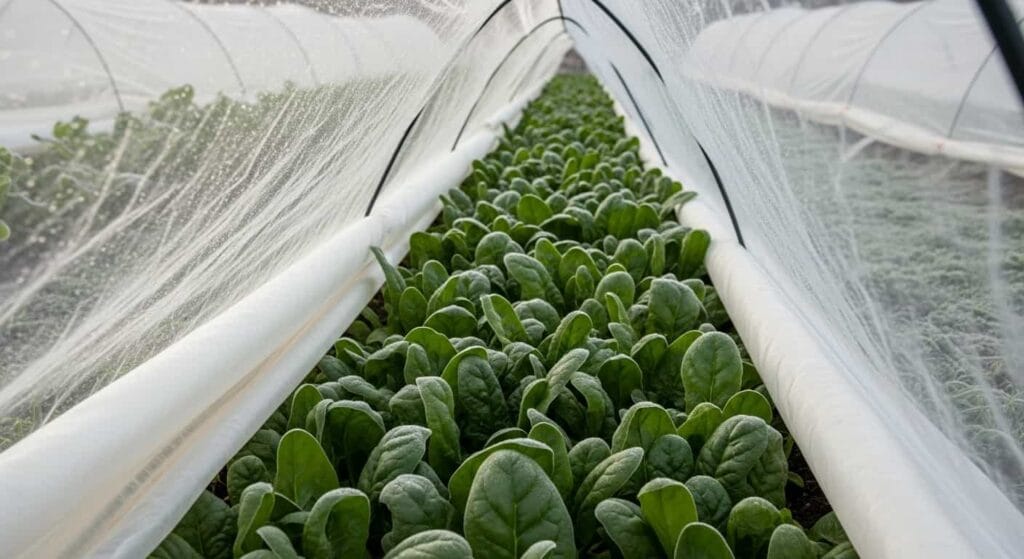
Choosing the Right Cold-Weather Crops
When planning your winter vegetable garden, selecting the right crops is crucial for a successful winter harvest. Look for hardy varieties that thrive in cooler temperatures, such as kale, spinach, and Brussels sprouts. These leafy greens not only tolerate frost but often taste sweeter after exposure to cold, enhancing their flavor profile. Additionally, root vegetables like carrots and beets can be sown in late summer or early fall, allowing them to mature slowly through the winter months.
Consider planting cover crops like clover or vetch to enrich your soil during the off-season. These plants improve soil structure and nitrogen levels, preparing your garden for a fruitful spring. Don’t forget about season extension techniques! Utilizing cold frames or row covers can help maintain warmth around your crops, giving you a jumpstart on your winter harvest vegetables. Embrace the beauty of winter gardening and discover how these resilient plants can transform your garden into a thriving oasis, even in the coldest months.
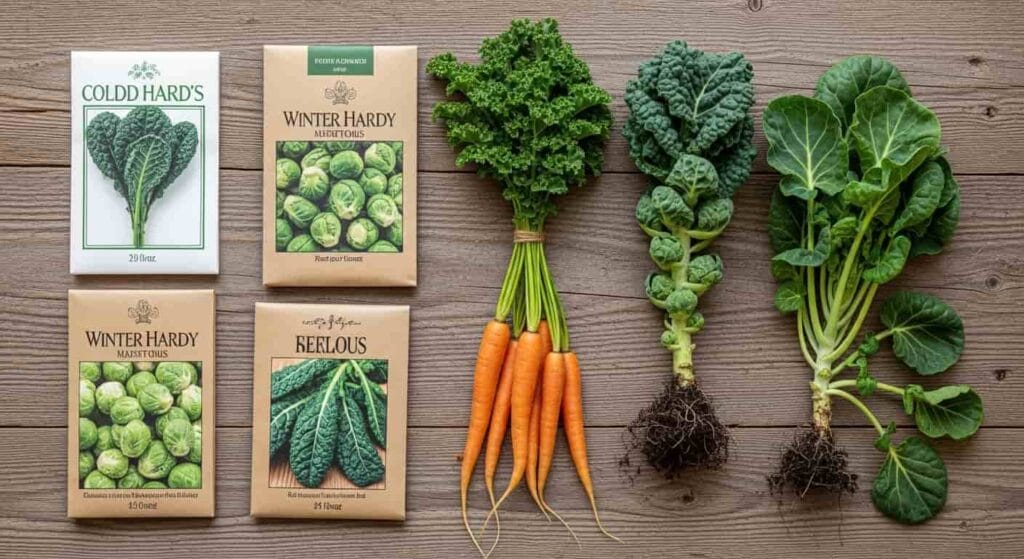
Preparing Your Garden Bed for Winter
As the chill of winter approaches, it’s essential to ready your garden bed for the season ahead. Start by removing any remaining summer crops and weeds, ensuring your soil is clean and free from pests that could overwinter. Consider incorporating a layer of compost or well-rotted manure into the soil. This not only enriches the earth but also promotes beneficial microbial activity, setting a strong foundation for your cold-weather crops.
Next, think about protection. Installing a cold frame can be a game-changer for winter gardening. These simple structures trap heat from the sun, creating a microclimate that allows you to extend your growing season. If building a cold frame isn’t feasible, consider using row covers or mulch to shield your plants from frost. These practices not only help insulate the soil but also retain moisture, ensuring your vegetables thrive even in the cold. With these winter gardening tips, you’ll be well on your way to a bountiful harvest come spring!
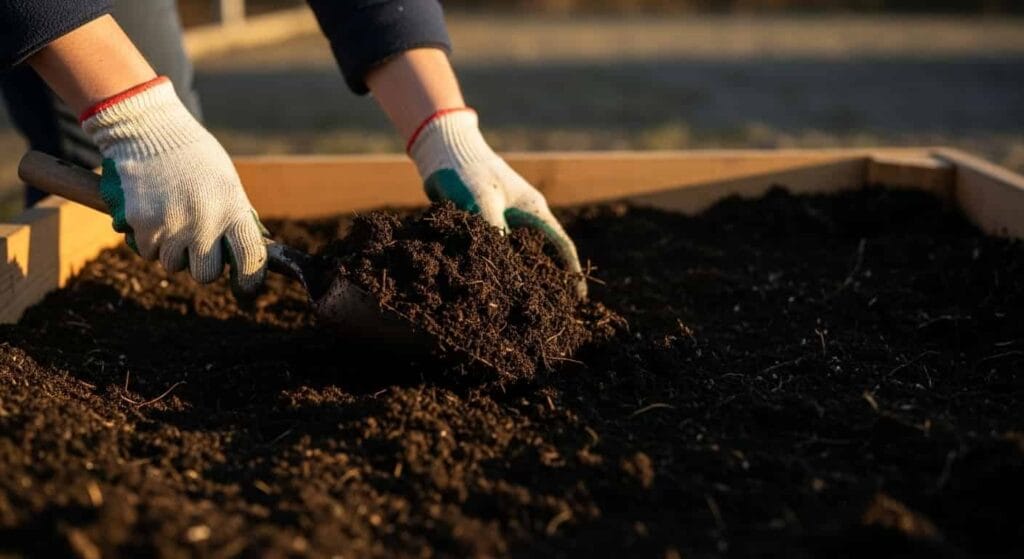
Essential Tools for Winter Gardening
When it comes to winter gardening, the right tools can make all the difference in maintaining your plants and ensuring a successful harvest. A high-quality greenhouse is essential for protecting your crops from harsh winter elements, allowing you to create a controlled environment where seedlings can thrive. Additionally, investing in thermal blankets or row covers helps insulate your plants, trapping warmth and moisture while shielding them from frost.
Don’t overlook the importance of sturdy gardening gloves and knee pads. Cold weather can be tough on your hands, so opt for insulated gloves that provide both warmth and dexterity. Meanwhile, knee pads will keep you comfortable as you tend to your garden beds, making it easier to plant, prune, and harvest without straining your knees. Lastly, a reliable soil thermometer is vital; it ensures that the ground temperature is suitable for planting cold-weather crops like kale and spinach, giving you the confidence to sow seeds at just the right moment!
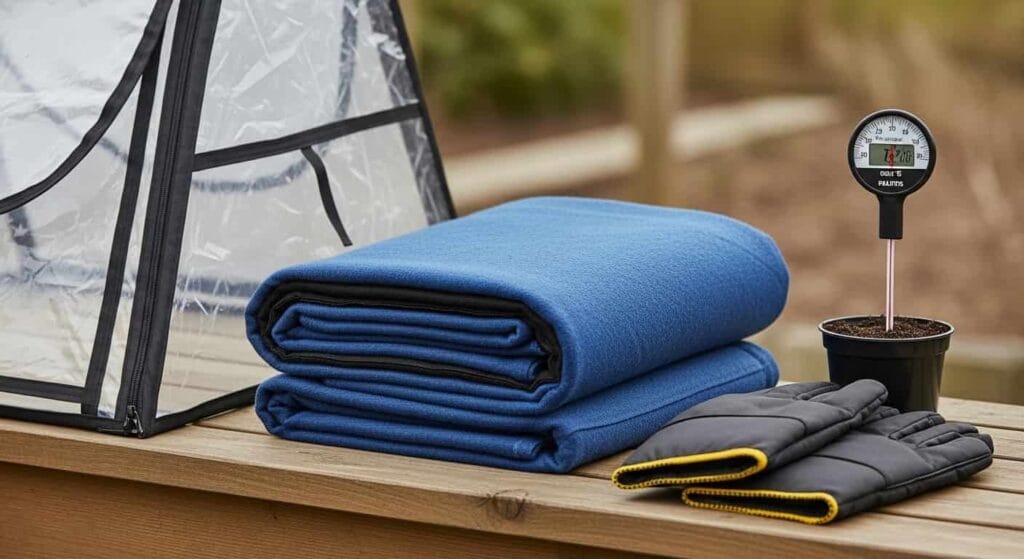
Planting Techniques for Success
When it comes to winter gardening, employing effective planting techniques can make all the difference in your crop yield. One of the most beneficial methods is **cold frame gardening**. This technique involves using a simple structure to create a warm microclimate for your plants, allowing them to thrive even in chilly temperatures. By utilizing a cold frame, you can extend your growing season significantly, enabling you to start sowing seeds earlier and harvest later.
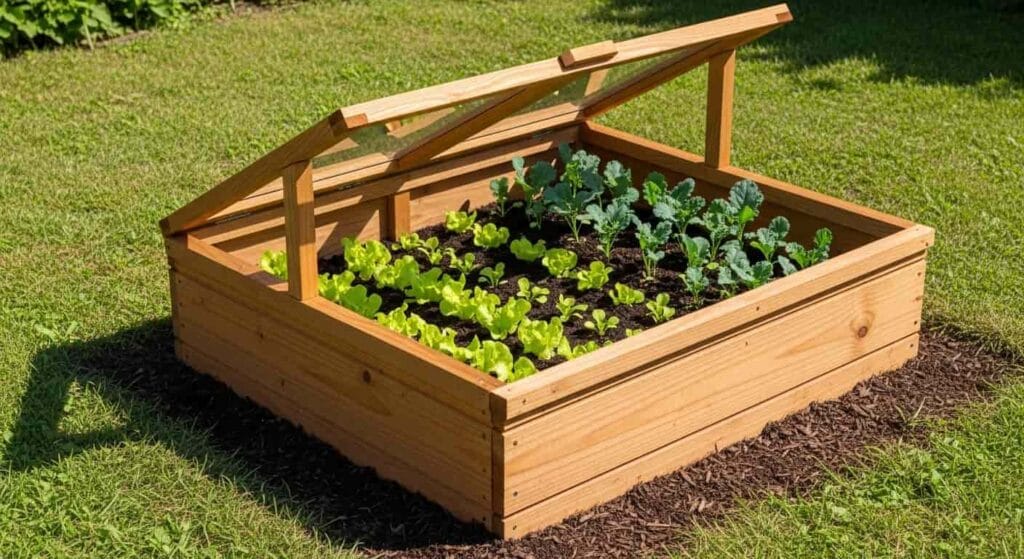
To get started with cold frame gardening, follow these steps:
1. Choose Your Location: Select a sunny spot that receives at least six hours of sunlight daily.
2. Build or Buy a Cold Frame: You can construct one using wood and clear plastic or glass. Ensure it has a slanted top to capture sunlight effectively.
3. Prepare Your Soil: Fill the cold frame with nutrient-rich soil, incorporating organic matter to boost fertility.
4. Select Cold-Hardy Crops: Opt for vegetables like kale, spinach, and carrots that can withstand frost.
By mastering these planting techniques, you’ll not only enhance your garden’s resilience but also enjoy fresh produce throughout the winter months!
Maintaining Your Garden During Winter
Winter gardening requires a proactive approach to ensure your plants thrive despite the cold. Start by mulching around your crops with organic materials like straw or wood chips. This layer acts as insulation, protecting the soil temperature and retaining moisture. Additionally, consider using row covers or cloches to shield delicate seedlings from frost while still allowing sunlight to nourish them.
Regular monitoring of soil moisture is crucial during winter months. Since evaporation rates decrease, it may be easy to overlook watering needs; however, under-watering can stress your plants. Aim for consistency by checking the soil weekly, ensuring it remains damp but not waterlogged. Also, take advantage of the quiet winter months to plan for the upcoming spring season. Sketch out your garden layout and research new varieties that can enhance your vegetable garden, keeping your green thumb engaged even in the chill!
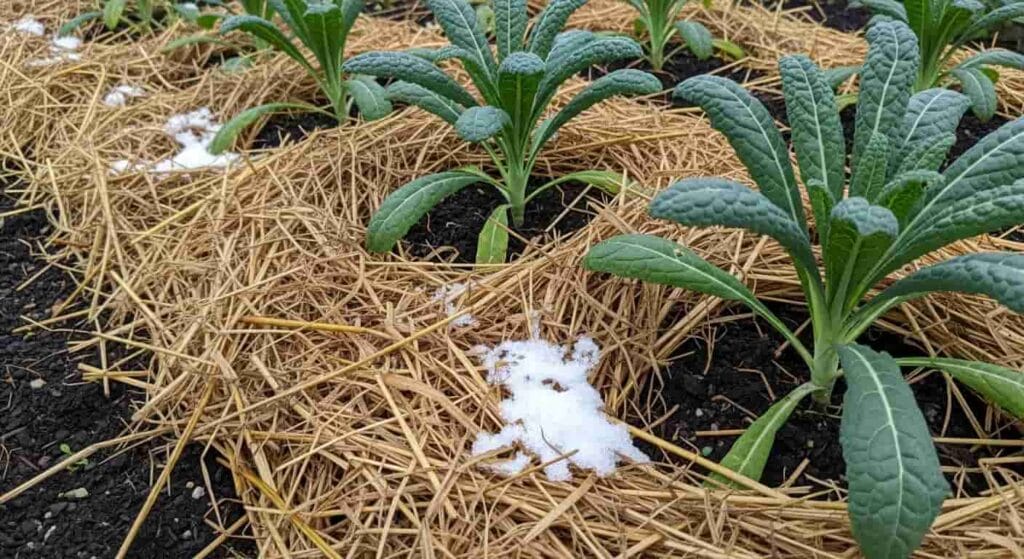
Pest Management in Cold Weather
While winter may seem like a quiet time for gardening, pests can still pose a threat to your cold-weather crops. Many insects, like aphids and spider mites, can survive in the nooks of your garden or even inside your home, waiting for warmer days to re-emerge. To safeguard your plants, it’s crucial to adopt proactive pest management strategies during the chilly months.
Preventive Measures: Start by inspecting your plants regularly. Look for signs of infestations, such as discolored leaves or webbing. Remove any affected foliage immediately to prevent pests from spreading. Additionally, consider using row covers made from lightweight fabric; these not only provide insulation but also act as barriers against unwanted pests.
Natural Solutions: Embrace natural pest deterrents to keep your garden thriving. Introducing beneficial insects, such as ladybugs and lacewings, can help control pest populations without harmful chemicals. You can also create homemade sprays using ingredients like neem oil or insecticidal soap to deter pests while being gentle on your crops. Remember, a healthy garden ecosystem is your best defense against pests!

Harvesting Tips for Winter Crops
When it comes to harvesting winter crops, timing is everything! For root vegetables like carrots and beets, the cold weather can actually enhance their sweetness, making them a delight to pick. Aim to harvest these crops after a frost; this not only improves their flavor but also makes them easier to pull from the ground. To check for readiness, gently brush away some soil and assess the size of the roots — larger is usually better, but don’t wait too long, as they can become tough.
Another essential tip is to use the right tools for the job. A garden fork can help loosen the soil around your crops without damaging them, while a sharp knife is ideal for cutting greens or herbs. Remember to handle your harvest with care; bruised produce doesn’t store well and can spoil quickly. Finally, consider leaving some of your crops in the ground if your climate allows it; many winter vegetables can survive until spring, giving you a fresh supply when other options are limited.
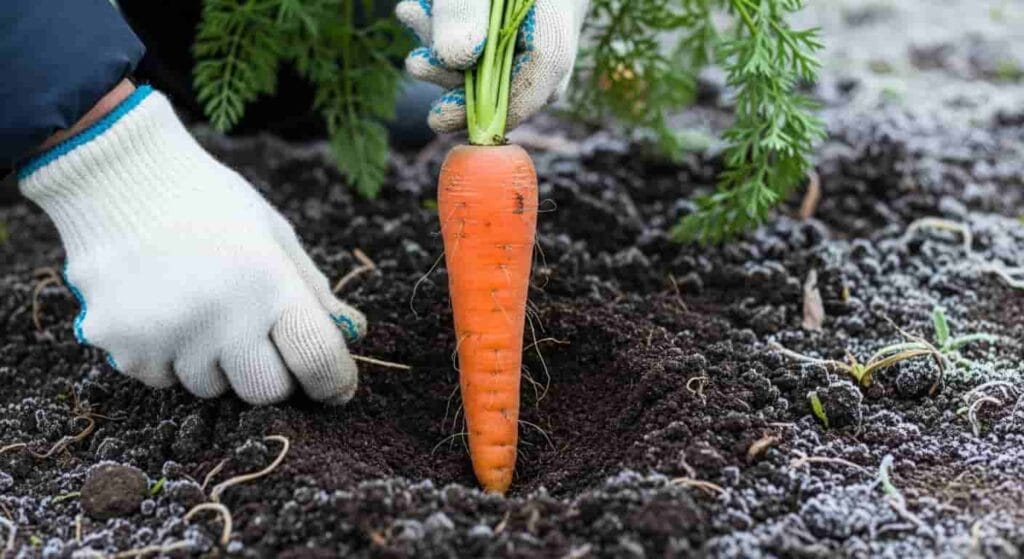
Enjoying Your Winter Harvest
Winter may seem like a quiet time in the garden, but your winter harvest can be a vibrant celebration of flavors and colors! As you gather fresh kale, Brussels sprouts, and root vegetables, think about how to showcase these seasonal gems. Create a cozy winter feast with hearty soups, roasted vegetable medleys, or colorful salads that highlight the beauty of your cold-weather crops.
To elevate your winter cooking, consider experimenting with unique flavor pairings. For example, combine sweet roasted carrots with tangy feta cheese and a drizzle of honey for a dish that warms the soul. You can also preserve your harvest by making pickles or jams, ensuring that the essence of your winter garden lasts long after the season ends. Embrace the creativity of winter gardening by involving friends and family in meal prep — it’s not just about the food; it’s about creating lasting memories around the table!
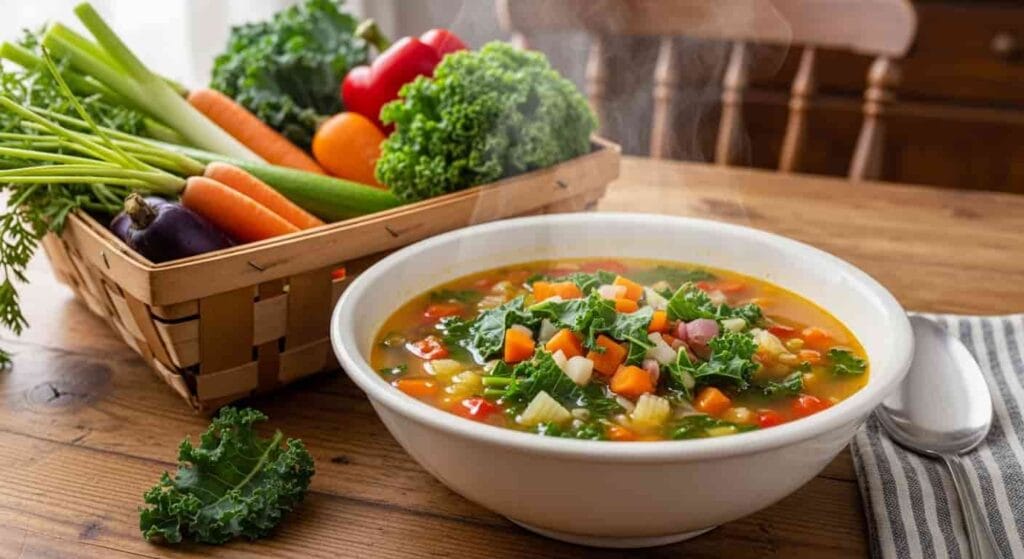
FAQs about Starting a Vegetable Garden in Winter
What types of vegetables can I grow in winter?
You can grow cold-weather crops like kale, spinach, carrots, and garlic. These vegetables are hardy and thrive even in lower temperatures.
Do I need special equipment for winter gardening?
While not mandatory, using cold frames or row covers can help protect your plants from harsh weather and extend your growing season.
How do I prepare my garden bed for winter planting?
Start by clearing debris, adding compost or organic matter, and tilling the soil to improve drainage and nutrient content.
When is the best time to plant winter vegetables?
Aim to plant winter crops in late fall or early winter, before the ground freezes. This timing allows your plants to establish roots before the coldest months.
Can I grow vegetables indoors during winter?
Absolutely! Herbs and leafy greens can be grown indoors with adequate light. Consider using grow lights if natural sunlight is limited.
How much water do winter vegetables need?
Watering needs vary, but generally, winter vegetables require less water than summer crops. Monitor soil moisture and water only when necessary.
What should I do if it snows on my garden?
Light snow can actually insulate your plants. However, if heavy snow accumulates, gently brush it off to prevent damage to fragile leaves.
Are there any pests to worry about in winter gardens?
Pests are usually less active in winter; however, keep an eye out for slugs and aphids. Use natural pest control methods if you notice any issues.





